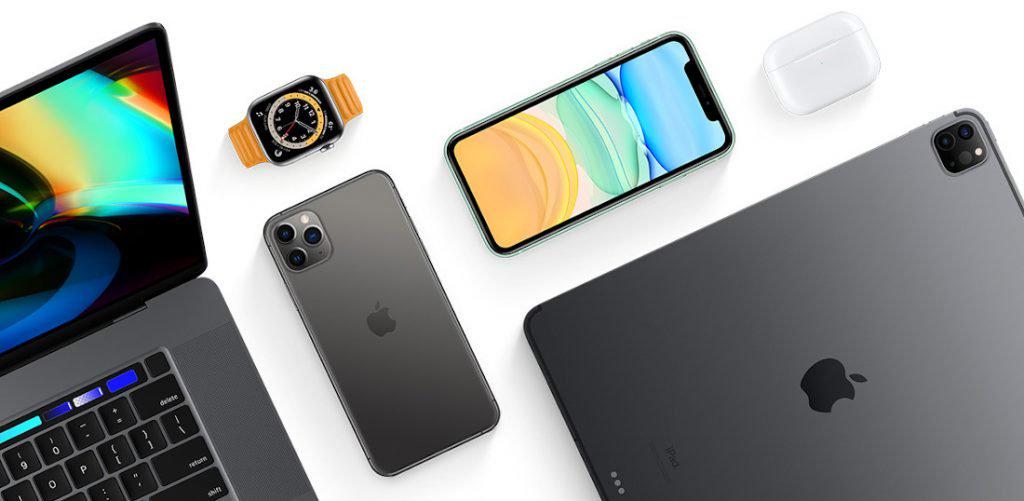Apple Earnings Call: iPhone 16 Drives Strong Sales
Apple Reports Better-than-Expected Q3 FY2025 ResultsApple exceeded expectations in its fiscal Q3 2025 (calendar Q2 2025) earnings report. Revenue reached $94.04 billion, up 9.6% year-over-year and ahe

Apple Reports Better-than-Expected Q3 FY2025 Results
Apple exceeded expectations in its fiscal Q3 2025 (calendar Q2 2025) earnings report. Revenue reached $94.04 billion, up 9.6% year-over-year and ahead of the projected $89.3 billion. Earnings per share (EPS) came in at $1.57, a 12.1% increase and also above analyst estimates of $1.43.
Looking ahead, Apple expects revenue growth for Q4 to be in the mid-to-high single digits (5% to 9%), better than the consensus estimate of 3.17%. Management noted that the panic buying due to tariffs has ended and that last year’s Q4 benefited from a new iPad launch, which created a high base. Therefore, revenue growth in Q4 is expected to moderate relative to Q3.
Capital expenditures are expected to “significantly increase” next year, primarily driven by investments in artificial intelligence. (Note: Apple does not disclose exact Capex figures.)
Following the earnings release, Apple shares rose nearly 2% in pre-market trading.
Hardware: Strong Product Appeal Continues to Attract Users; China Sees Rebound with Subsidy Support
Management highlighted that the iPhone 16 series is highly popular, achieving double-digit year-over-year growth. The iPhone remains the best-selling model in major urban markets across the U.S., China, the UK, Australia, and Japan.
The MacBook Air, powered by the M4 chip, offers top-tier performance, while the MacBook Pro continues to attract users with its extended battery life.
Device upgrade rates for iPhone, Mac, and Apple Watch have reached record highs, largely due to superior product performance. U.S. customer satisfaction rates for all Apple hardware remain at or above 97%. The pre-tariff buying surge in April also contributed an additional 10% to revenue growth.
In Greater China, Apple staged a notable comeback, with revenue growing over 4%. Much of this growth was attributed to government subsidies that attracted many first-time Apple users. The MacBook Air is now the best-selling laptop in China, and the Mac Mini is the top-selling desktop computer.
The Vision Pro headset has begun gaining traction in professional applications. For instance, Canadian Aviation Electronics is using it to help pilots familiarize themselves with aircraft operations more efficiently.
One analyst raised a question about whether smartphones will continue to be the primary AI device in the future, citing Mark Zuckerberg’s view that smart glasses could replace phones. CEO Tim Cook responded by emphasizing the unparalleled functionality of the iPhone—ranging from its app ecosystem and search, to gaming, photography, payments, and financial management. He argued it’s hard to imagine a world without the iPhone. Cook believes that different devices will complement each other rather than compete, as evidenced by Apple’s multi-device strategy beyond just the iPhone.
Services: Steady Growth in Paid Users; Apple TV+ Wins Awards; Siri to Get Major AI Upgrade
In Apple’s services segment, paid iCloud accounts and subscriptions across offerings posted double-digit growth. Apple TV+ viewership also saw strong double-digit growth this quarter.
Apple TV+ received 81 award nominations this quarter, a new high, covering nearly every category at this year’s Emmy Awards. To date, Apple TV+ has earned over 2,700 nominations and 585 wins. Among all streaming platforms, Apple’s original content is rated the highest.
During the second quarter, Apple implemented several App Store changes mandated by court rulings, including opening to third-party stores in the EU. The specific impact is still uncertain. In the U.S., the App Store delivered double-digit growth and reached an all-time high in performance.
(Editor’s Note: Even with third-party store access, Apple’s App Store remains dominant due to its strict malware and scam prevention, which most users are unlikely to compromise on for cost savings.)
So far, Apple has launched over 20 “Apple Intelligence” features, including Visual Intelligence, “Clean Up” tools, and writing enhancements. Development is progressing well on a more personalized Siri assistant, expected to be available to users next year. As Apple’s AI capabilities mature, they’re anticipated to boost user engagement.
Overall, Apple’s services revenue continues to grow steadily.
Tariffs and Other Matters: Supply Chain Optimization and $500B U.S. Investment Plan
Commenting on the U.S. Department of Justice’s antitrust lawsuit against Google—which seeks to block payments made to Apple for default search placement—Cook said he would not speculate on legal outcomes.
In response to renewed tariff threats under Trump, Apple has been actively optimizing its supply chain. The company has shifted part of its chip production to Arizona and now manufactures semiconductors in 24 facilities across 12 U.S. states. Over the next four years, Apple plans to invest $500 billion in the U.S. to create jobs and address political concerns. Tariffs are expected to increase Apple’s costs by $1.1 billion in Q4 alone.
2025 YTD, Apple has acquired seven companies. Not all of them are AI-related. Cook noted that if an acquisition can accelerate Apple's product roadmap, the company is open to it—regardless of the target’s size. That said, the acquisitions made this year have been relatively small.
Disclaimer: The views in this article are from the original Creator and do not represent the views or position of Hawk Insight. The content of the article is for reference, communication and learning only, and does not constitute investment advice. If it involves copyright issues, please contact us for deletion.